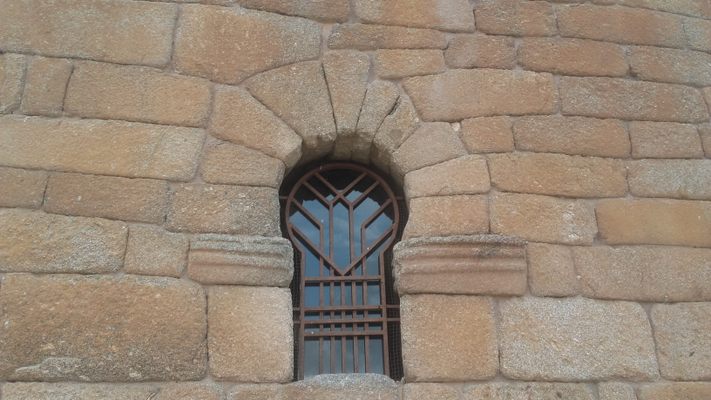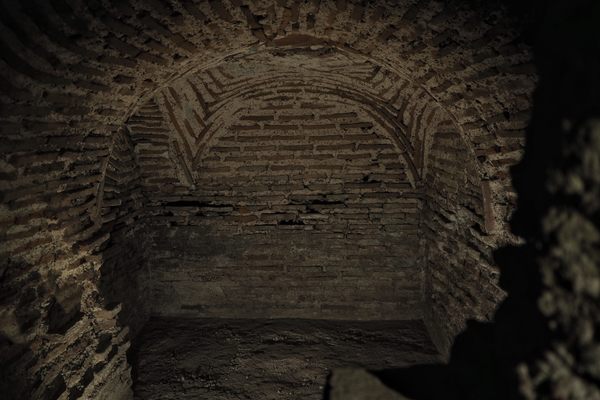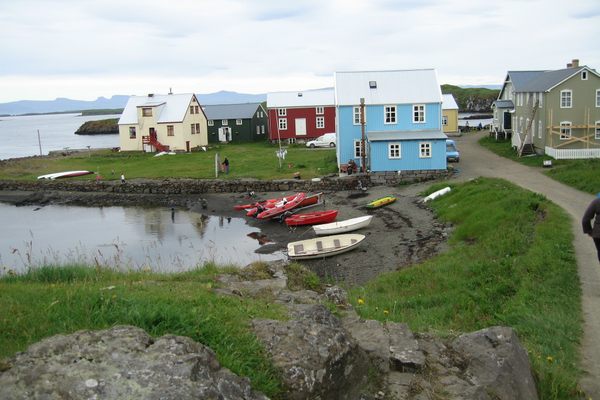About
Santa Maria de Melque was an important monastic complex following the fall of the City of Rome. It was close to the capital of the Visigothic Kingdom in Toledo. It was also believed to be the hiding spot of King Solomon's famous treasure.
There was once a Roman farm with five dams that took advantage of two streams that surround the rocky mound. The use of unmortared granite blocks to construct the monastery are a reflection of the region's late Roman period.
The construction of Santa Maria de Melque began during the 7th century when Spain was still ruled by the Visigoths, although towards the end of their rule. Construction was interrupted when Arab forces invaded Spain during the 8th century and it was later completed in Mozarabic-Visigothic style. Although, it's also believed that these additions are Syrian in influence, as an Islamic settlement has also been discovered near the site.
When King Alfonso VI of Castile and León conquered Toledo in 1085, the temple recovered its liturgical function, but also maintained a defensive presence.
It continued as a church until the 19th century following the Confiscation. It's said that King Solomon’s treasure arrived in Toledo in the hands of the Visigoths, who had stolen it from the Romans in 410 from Jerusalem.
The arrival of Muslim settlers on the peninsula in 711 forced the Goths to hide the treasure in Santa Maria de Melque. The wonderful Solomon’s Table also known as the Mirror of Solomon was believed to be part of the treasure.
Related Tags
Know Before You Go
Santa María de Melque is 31 miles (50 kilometers) from Toledo by the CM-4000 road and then the CM-4009. The visit includes the church and the center of interpretation installed in the adjoining rooms. Admission for both is free.
Published
March 28, 2020
Sources
- https://en.wikipedia.org/wiki/Santa_Mar%C3%ADa_de_Melque
- https://es.wikipedia.org/wiki/Iglesia_de_Santa_Mar%C3%ADa_de_Melque
- https://www.lugaresconhistoria.com/santa-maria-de-melque-y-el-enigma-de-la-mesa-de-salomon-toledo
- http://en.www.turismocastillalamancha.es/patrimonio/yacimiento-visitable-de-melque-3264/descripcion/





































